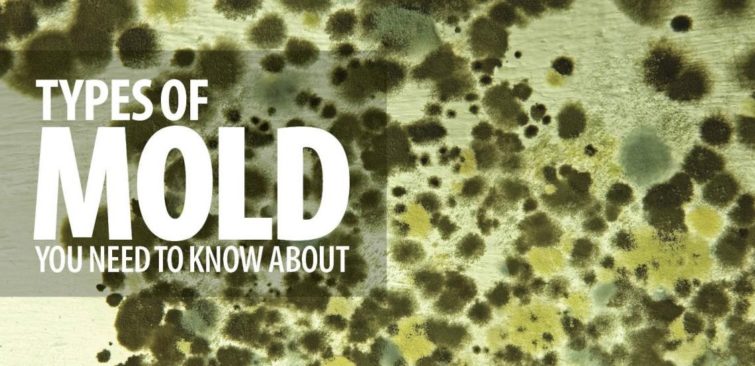Types of Mold Spores
What Level of Mold Spores Is Dangerous?
What is Considered A Normal Mold Count?
A normal mold spore count in a room is typically 200-500 spores. Anywhere between 1-1500 mold spores in a room is normal and safe as long as mold colonies are not visibly growing and no water damage is present.
Mold spores are present in virtually every room of every building. These microscopic spores can come in many different ways. From the clothes off your back to a breeze coming in through an open window.
Penicillium/Aspergillus
The most common mold spore species to appear in indoor air samples. The majority of the hundreds of sub-species are allergenic; only a few are toxic. This group of species only grows with the humidity in the air as its water source.
Cladosporium
The most common mold species and is considered to be allergenic.
Curvularia
Another common allergenic mold.
Chaetomium
A common water marker that usually indicates wet paper and/or drywall.
Stachybotrys
The most common toxic mold species, but not all sub-species are toxic. These species need a direct water source to grow.
Memnoniella
A sister mold to Stachybotrys. The two species will grow together; also considered toxic.
Because mold spore species and levels differ within each state, agreements are hard to come by with analysts and scientists. A comparison to an outdoor air sample is usually used as the rule of thumb. The following mold spore ranges use the spore/m3 number and not the raw count for each species when interpreted in a lab’s “Air Sample Report”.
What Is Considered A High Mold Count?
-
0-50 spores
These trace levels are not an issue. Even Stachybotrys is not considered an issue if the sample does not also contain water markers like Chaetomium and Fusarium or high levels of Penicillium/Aspergillus.
-
50-200 spores
Still very low levels; the toxic mold species Stachybotrys and Memnoniella are the only species to be considered an issue at this level.
-
200-500 spores
The most common species (Penicillium/Aspergillus, Cladosporium, and Curvularia) are not an issue and stay within the normal range.
-
500-1500 spores
Sometimes the Penicillium/Aspergillus & Cladosporium levels are in this range and do not require remediation. If water intrusion or mold was not found during the inspection, these levels can be caused by normal life in an enclosed environment.
-
1500-3000 spores
This point indicates that an issue may be apparent unless a corresponding number in the outdoor sample exists. If water intrusion or mold issue wasn’t found, these levels can be achieved by a dusty home or A/C system.
-
3000-10,000 spores
Without a corresponding number in the outdoor sample, some remediation is necessary. A perimeter clean-up is needed if a mold spore source has been identified. If water intrusion or mold issue wasn’t found, the home may need to be cleaned and the duct system should be evaluated.
-
10,000-25,000 spores
Without a corresponding number in the outdoor sample, a mold spore source is usually identified and remediation is needed. If no water intrusion or mold issue was found, the duct system may need to be cleaned and general cleaning of the residence.
-
25,000-75,000+ spores
A mold issue will be easy to identify. Clean up will be required and should be performed by a Professional Mold Remediator.
-
75,000-1,000,000+ spores
The mold issue will be evident. Remediation will be required and needs to be performed by a Professional Mold Cleanup Company, like United Water Restoration Group, Inc.





